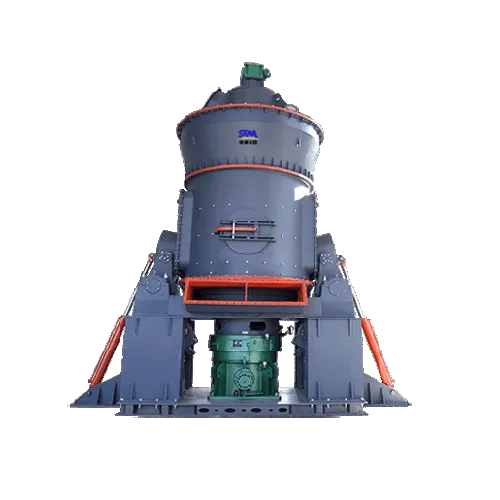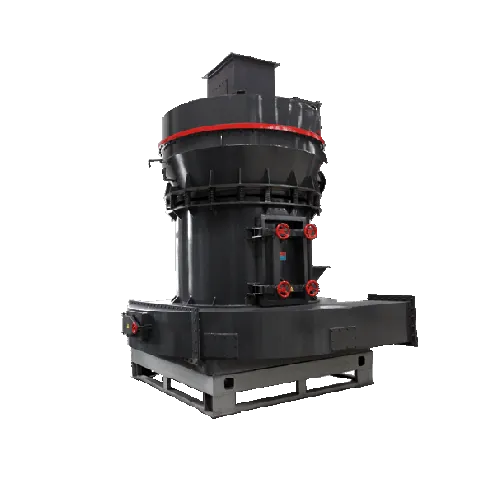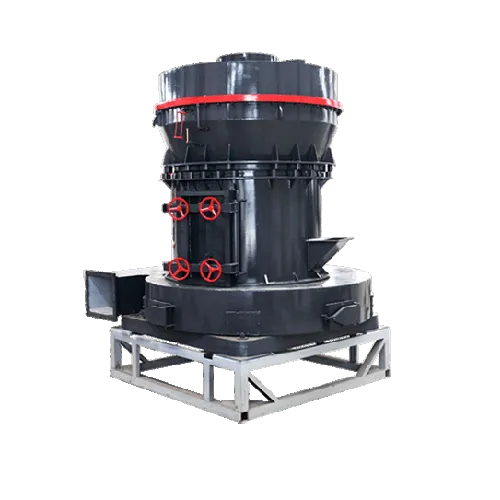Summary:There are nearly 100 kinds of non-metallic minerals with various uses. They are playing an increasingly important role in the new round of scientific and techno
There are nearly 100 kinds of non-metallic minerals with various uses. They are playing an increasingly important role in the new round of scientific and technological revolution and international competition, and they are responsible for the economic and social development of our country. According to the application performance of non-metallic mineral materials in thermal insulation, cosolvent, gel clinker replacement, catalyst, etc., it also has great contributions and application prospects in energy saving and consumption reduction, and carbon emission reduction.
(1) Thermal Insulation Properties And Energy Saving And Carbon Reduction
Insulation materials have the common characteristics of low thermal conductivity (thermal conductivity less than 0.1163W•m-1•K-1), small bulk density, often loose and porous, and poor hygroscopicity. The heat conduction mechanism of non-metallic mineral materials is different from that of metallic materials. Metallic materials mainly rely on electron movement to transfer heat, while non-metallic mineral materials are usually dielectrics, and their thermal energy transmission mainly depends on lattice vibration.
Porous basalt, diatomite, chrysotile, bentonite, talc, pumice, perlite, gypsum, graphite, vermiculite, protein soil, asbestos, sepiolite, palygorskite and other non-metallic mineral materials used as thermal insulation materials and (fiber) products, usually have low thermal conductivity and porous characteristics, so they often have light weight, sound insulation and sound absorption, and flame retardant and fire prevention functions.
Such as expanded vermiculite (thermal conductivity≤0.062~0.095W•m-1•K-1), expanded perlite (thermal conductivity≤0.047~0.072W•m-1•K-1), etc. Or voids greatly reduce the thermal conductivity and loose density, and have good thermal insulation, heat insulation, insulation, flame retardant and other properties, and at the same time have stable chemical properties, and have antibacterial and weather resistance properties. Therefore, expanded vermiculite and expanded perlite products can be widely used as industrial and civil thermal insulation materials, etc., and meet the requirements of high temperature resistance in industrial engineering thermal insulation and energy saving, as well as the thermal insulation and durability requirements of almost all civil building heating facilities Wait.
In addition, the production temperature of non-metallic mineral insulation materials and products is mostly normal temperature, even the expansion processing temperature of vermiculite or perlite is lower or far lower than 1200 °C. The production temperature of other commonly used inorganic non-metallic fiber materials, such as mineral wool, glass fiber, foam glass, etc., is as high as 1200-1450 °C. Therefore, compared with other inorganic non-metallic thermal insulation materials, the thermal insulation properties of non-metallic mineral materials not only have outstanding energy-saving and consumption-reducing effects in the production and processing process, but also can greatly reduce the thermal insulation products used in industrial and civil buildings. The energy dissipation of industrial and civil facilities, so as to achieve the purpose of energy saving and carbon reduction.
(2) Fluxing Properties And Energy Saving And Carbon Reduction
In the industrial thermal processing process, the flux can reduce the softening, melting or liquefaction temperature point of the substance, and has the functions of speeding up the reaction process and improving the output efficiency, so as to realize energy saving and consumption reduction. Including alkaline flux with calcium oxide and magnesium oxide as the main component, such as limestone for glass ceramics, dolomite and serpentine for metallurgy, etc.; acidic flux with silicon dioxide as the main component, such as metallurgical Feldspar, nepheline, etc. for quartzite, glass and ceramics; neutral flux with halides and alumina as main components, such as fluorspar and halite for metallurgy and chemical industry. They are respectively suitable for different thermal processing component systems. Adding these non-metallic mineral materials has a fluxing effect on the system, which can reduce the production temperature and save energy and reduce consumption.
In addition, non-metallic minerals used as fluxes include wollastonite, diopside, tremolite, thenardite, basalt, alkaline granite, perlite, etc.
(3) Gelling Properties And Energy Saving And Carbon Reduction
Cement is the most widely used cementitious material in China's economic construction. Its production temperature is as high as 1450°C. The lime raw material used in the production decomposes and releases CO2 gas. It is a major energy consumption and carbon emission in the building materials industry. At present, cement carbon reduction measures include adopting raw material substitution technology, developing low-carbon cement varieties or some cement substitution products, and using alternative fuels in the cement production process.
Raw material substitution, the common ones are plaster of paris, lime, magnesite, carbide slag, calcined kaolin, etc., all of which partially replace limestone for clinker production. For example, industrial by-product gypsum vertical drying and dehydration devices, preheaters, rotary kilns, coolers and other cement technical equipment are used to form a new process for industrial by-product gypsum to sulfuric acid and co-production of cement, which greatly reduces the heat consumption of the firing system and CO2 emissions The amount is reduced by about 50%, which can also greatly increase the utilization of phosphogypsum and form the effect of energy saving and emission reduction.
Low-carbon cement products, such as LC3 low-carbon cement is a limestone-calcined clay cement based on the coupling of calcined activated kaolin and limestone to replace part of the clinker in cement. Similar to the low-temperature modification process, kaolinite clay is dehydrated to obtain activated kaolin, which reduces the amount of clinker while ensuring the performance of cement. It is estimated that the amount of clinker in low-carbon cement can be reduced to 50%, and compared with traditional Portland cement, CO2 emissions can be reduced by more than 30%.
(4) Catalytic And Carrier Properties And Energy Saving And Carbon Reduction
Non-metallic mineral materials are used as catalytic materials in industrial production processes, including chemical catalysis and photochemical catalysts or carriers, to speed up the reaction process and improve Product purity or output efficiency, etc., and achieve the purpose of saving energy, reducing consumption and reducing carbon. Such as kaolin, zeolite, activated clay, anatase, rutile, montmorillonite, diatomite, attapulgite, mica powder, natural pumice, expanded perlite, dickite, etc.
In fact, catalysis and energy saving are closely related. For a reaction to produce substances, after adding a suitable catalyst, a more convenient reaction path can be found, thereby greatly reducing the energy required for the reaction. This part of the energy saved is objective, which can greatly reduce the energy consumed by the reaction, making the reaction conditions more mild and easy to achieve, reducing unnecessary heating and cooling processes and even equipment, saving electricity, water, and materials. Wait. In addition, catalysts are of great value in biosynthesis, green hydrogen energy manufacturing, etc., and are of great significance to the technological reform of traditional manufacturing industries. They are one of the keys to the ultimate realization of carbon emission reduction or industrial production of green and clean energy.
For example, the ongoing research projects of Kaili New Materials involve catalysts required for hydrogen fuel cells, new organic liquid hydrogen storage systems, and efficient and clean catalytic oxidation technologies. Enterprises can achieve energy saving and consumption reduction in petrochemical and other industries through product innovation. In the future, such enterprises are expected to Make breakthroughs in cutting-edge disruptive low-carbon technologies, enter larger markets, and form greater forces.
Read More About



